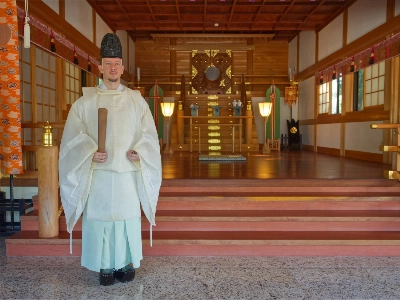The plan to build facilities around the crippled Fukushima No.1 Nuclear Power Plant of Tokyo Electric Power Co. to store radioactive waste collected through decontamination of the areas hit by the March 2011 meltdowns at the plant will finally move forward with the go-ahead given by Fukushima Gov. Yuhei Sato. Although the facilities are expected to remove one of the obstacles to Fukushima's reconstruction from the worst nuclear disaster since Chernobyl, the government still needs to realize that for people who were forced out of their hometowns by the 2011 crisis, giving up their property for construction of the facilities will be a hard decision because it means parting with their land.
The government still needs to negotiate with about 2,000 residents who own the candidate sites for the facilities to acquire roughly 16 sq. km of land. It will accept rental contracts with some residents to address their concern that despite the government's plan to keep the waste there for just 30 years, the facilities could end up becoming permanent storage sites.
Currently large bags of radiation-tainted soil and other waste gathered in the decontamination operation are stored in more than 50,000 locations around Fukushima Prefecture — mostly in the yards of private homes and on business premises, but also on school grounds and in public parks, with the contents spilling out from tears in some of the bags. The total amount of such waste has reached 15 million tons in the prefecture alone and is forecast to eventually hit 30 million tons.


















With your current subscription plan you can comment on stories. However, before writing your first comment, please create a display name in the Profile section of your subscriber account page.